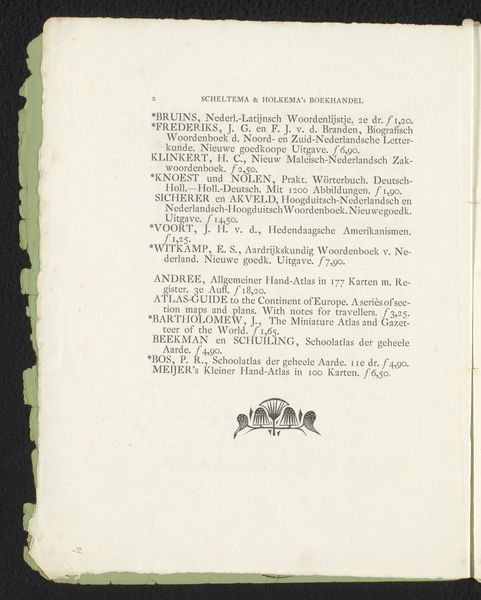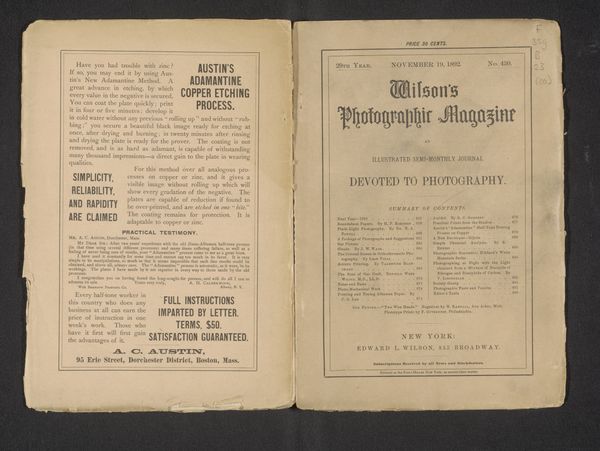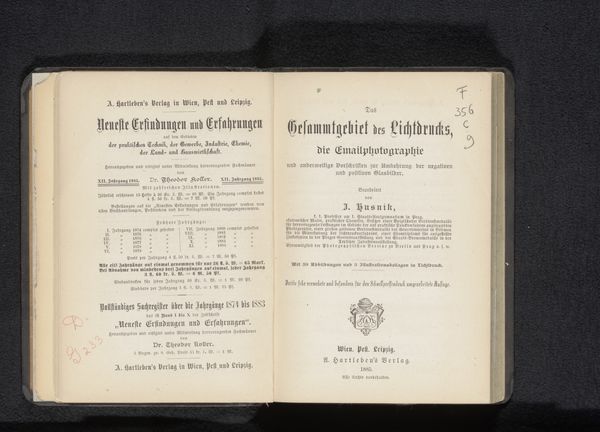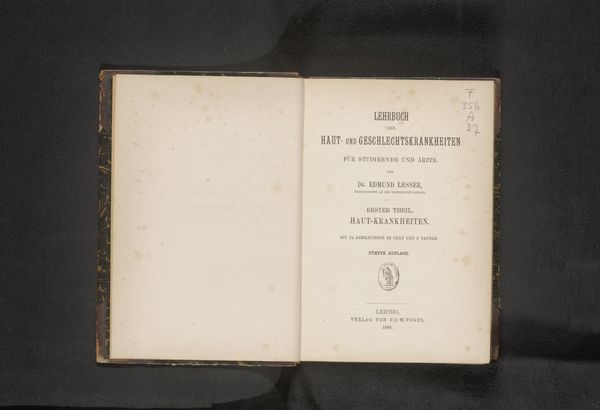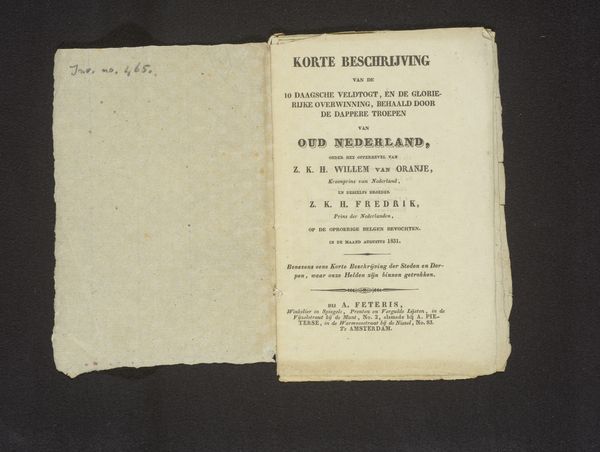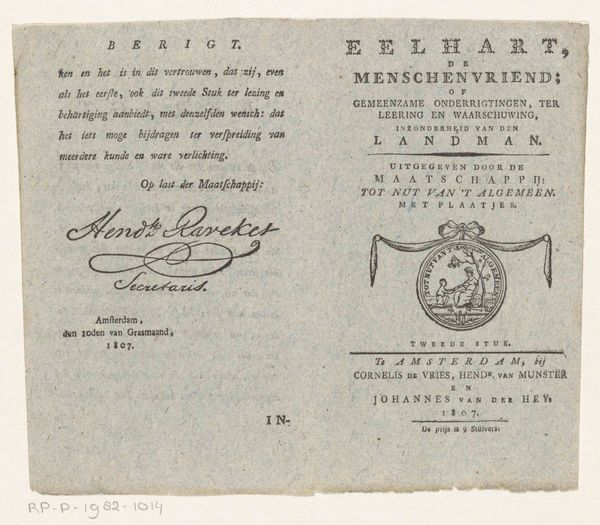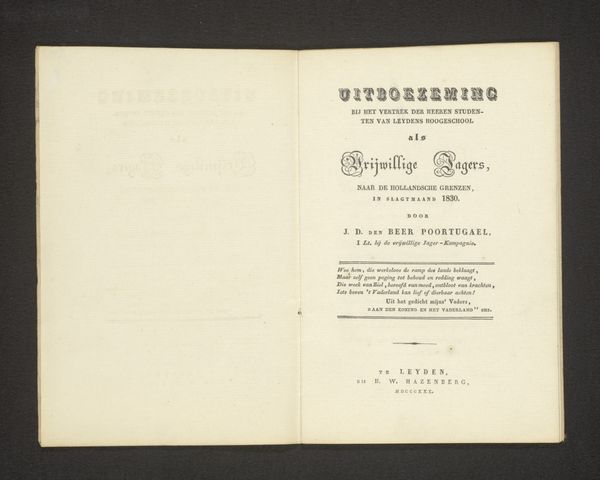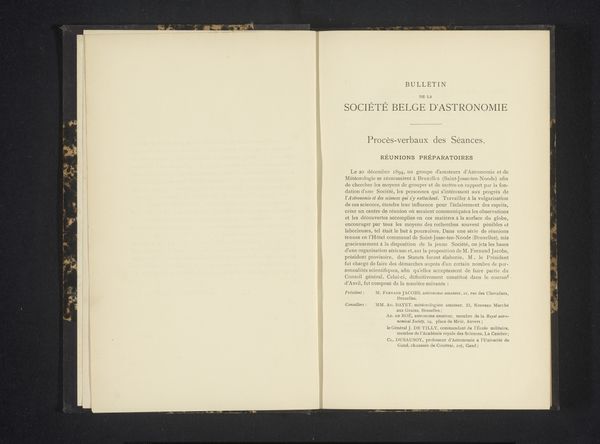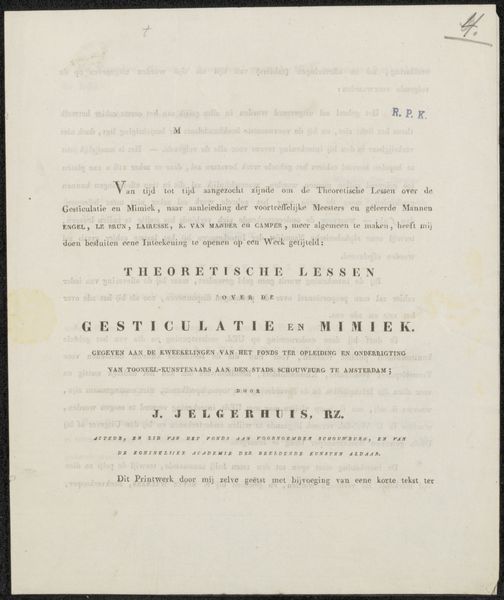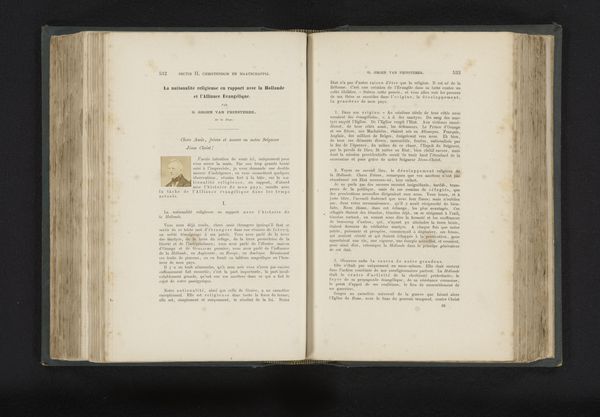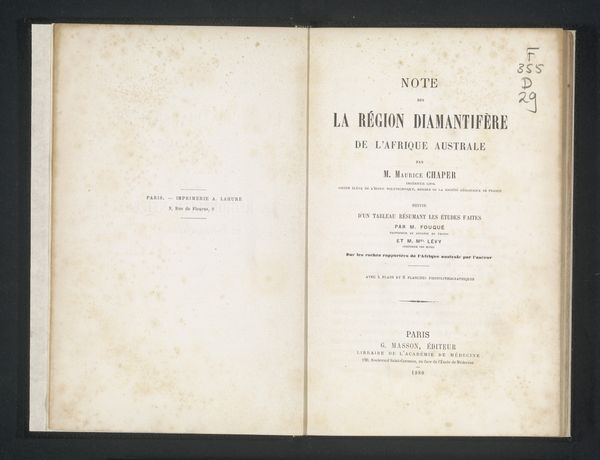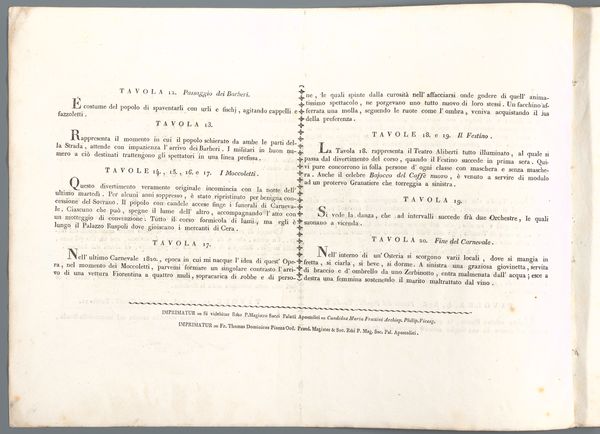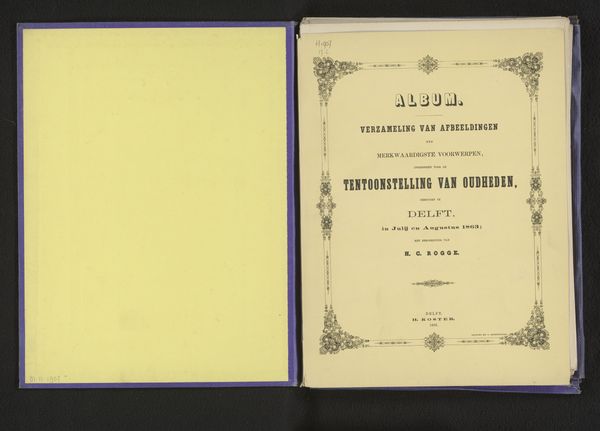
graphic-art, print, photography, typography
#
graphic-art
# print
#
photography
#
typography
Dimensions: height 177 mm, width 130 mm, thickness 15 mm
Copyright: Rijks Museum: Open Domain
Curator: Immediately, this reminds me of early photographic books, experimenting with halftone and line techniques. There is something very sober about its visual structure and layout that appeals to me. Editor: Yes, and we’re looking at a work by Jakub Husnik titled "Die Reproductions-Photographie sowohl für Halbton- und Strickmanier (...)," dating back to 1885. It's a fascinating piece that combines graphic art, photography, print, and typography. Look at how it emphasizes the craft of early photo reproduction! Curator: I see the way the typography and image elements interact creating a structured relationship on the page. There’s an almost clinical order in its design. How would you relate this to the practice, considering the means to produce this outcome? Editor: In terms of materiality, it’s interesting to consider how these early photographic techniques bridged the gap between mechanical reproduction and artisanal printmaking. Husnik aimed to create accessible images, disrupting traditional methods—basically an effort to mass manufacture and disseminate art images. Curator: A disruption, yes! You touch on something very interesting. Considering the aesthetic dimension, look how this "reproducibility" creates new levels of meaning by altering scale, proportion and placement in ways that change how a viewer would experience these subjects in their traditional contexts. Editor: Absolutely, that intersection of photographic reproduction and early print technology fascinates me. There are complex social dynamics to consider. The question of labour in making art is something the emergence of photo-reproduction complicates further. How can we account for that when something like print is already itself a form of mass-making. Curator: What about that seal or emblem displayed at the bottom, then? That detail may hold a vital clue for interpreting the intent or commissioning circumstances surrounding the document. I am curious whether such symbology reveals further insights into intended audiences or patrons as well. Editor: From a materialist perspective, each textural element like paper, ink density, and plate etching unveils human and mechanical interventions—a kind of layered storytelling through technical gestures! Curator: I appreciate now viewing it not just as a book page, but a site of intense activity from that perspective. The formal restraints do contribute in this understanding by offering that view into processes, somehow. Editor: Seeing its labor reminds us how artifacts often eclipse the toil needed to shape and propagate information! I will definitely approach similar pieces more thoughtfully moving ahead.
Comments
No comments
Be the first to comment and join the conversation on the ultimate creative platform.
